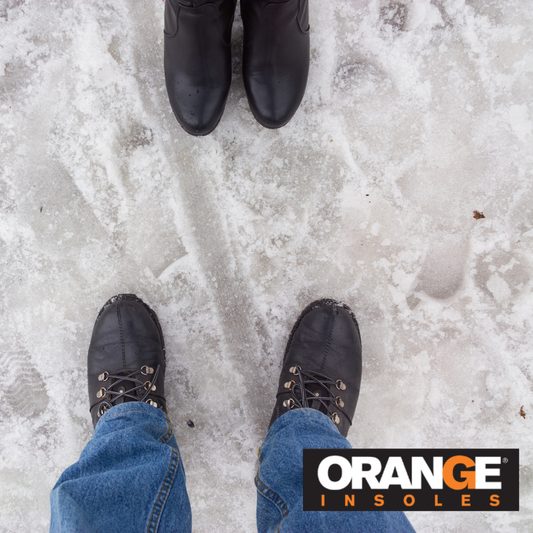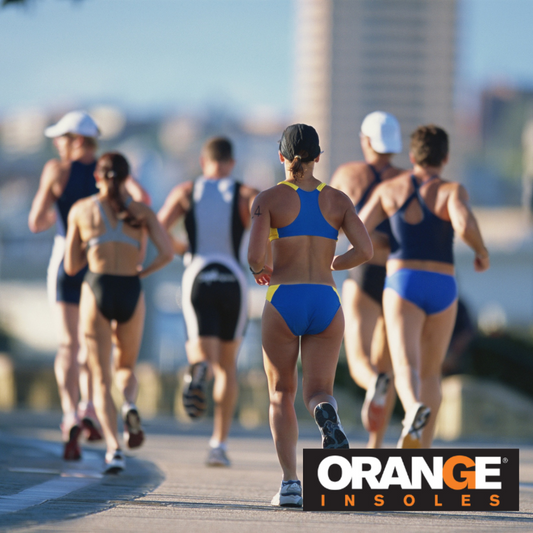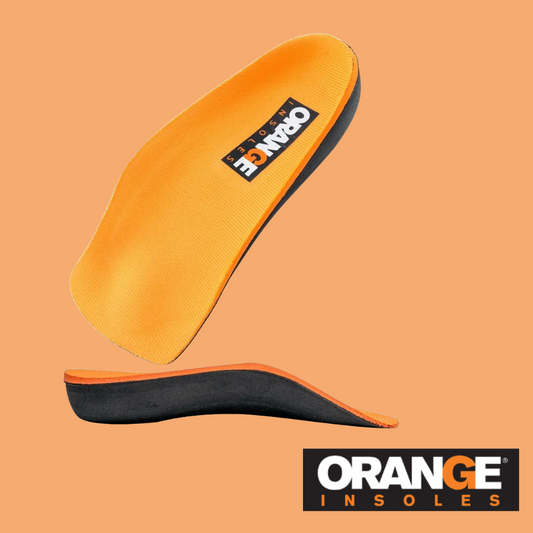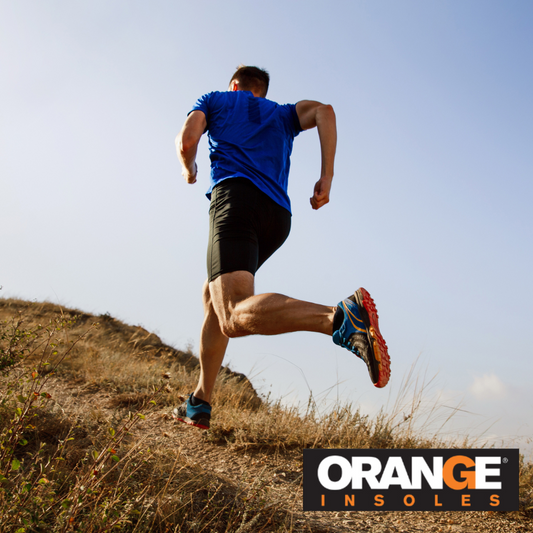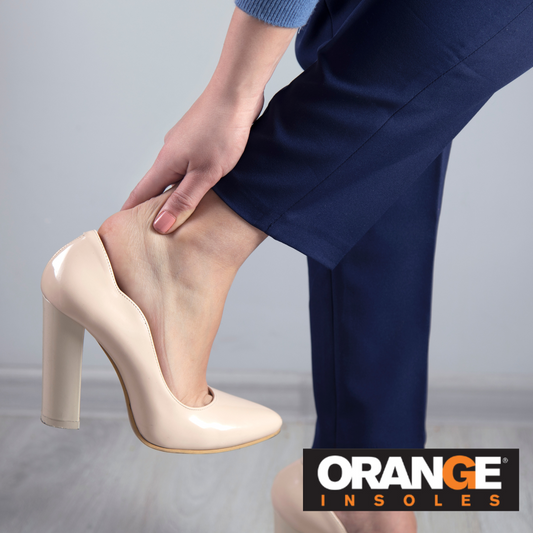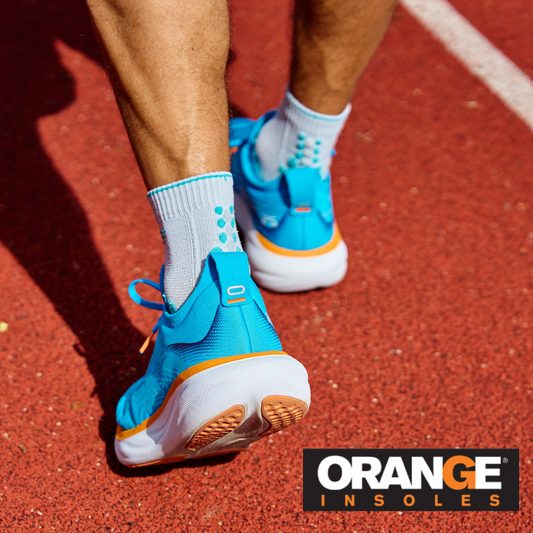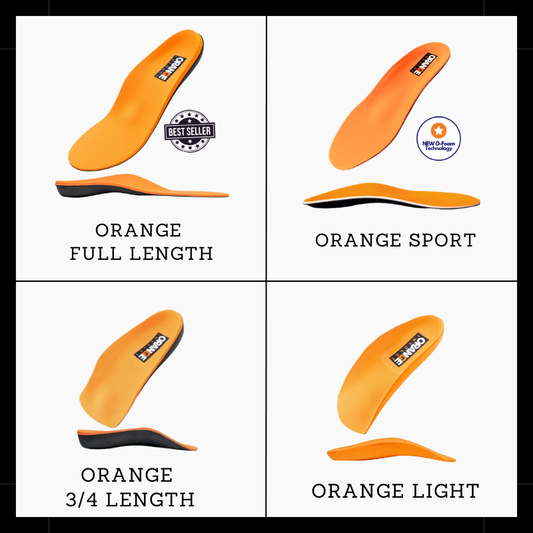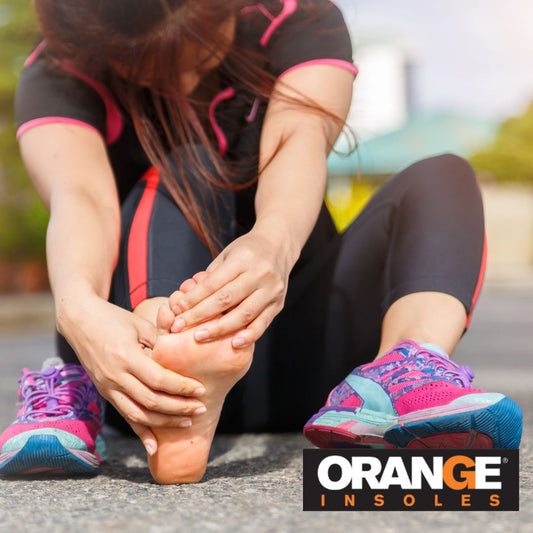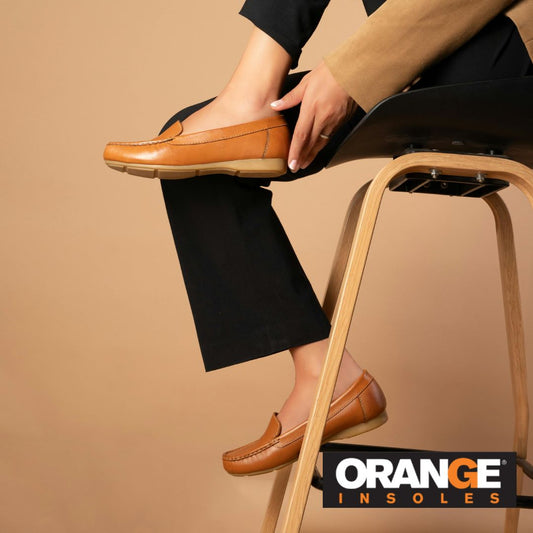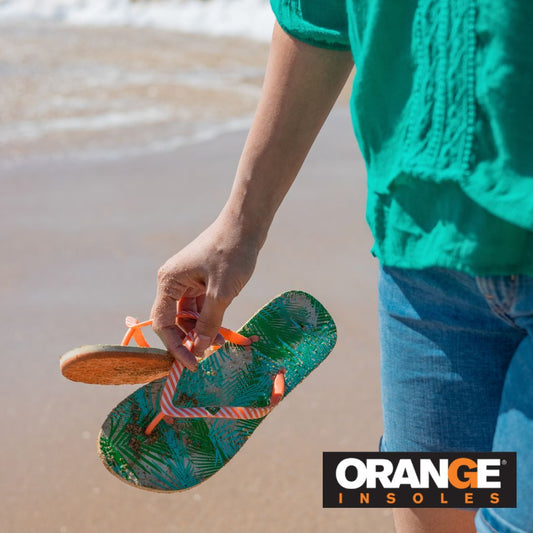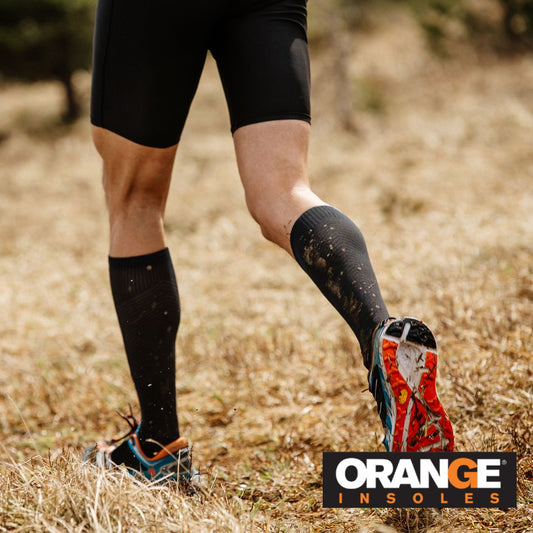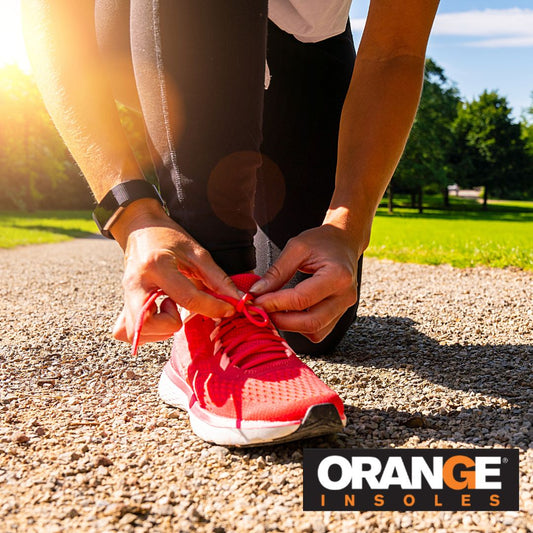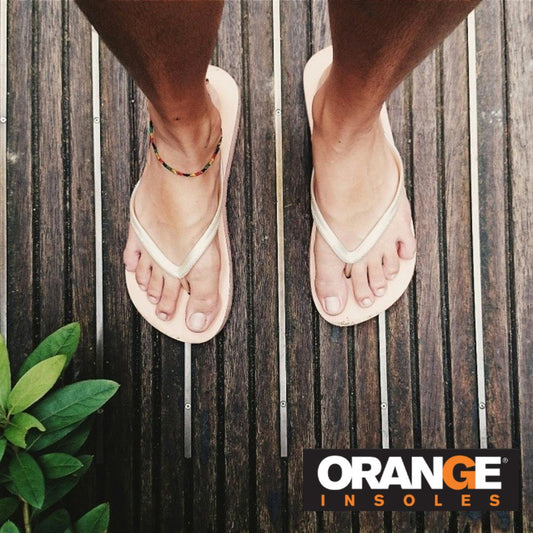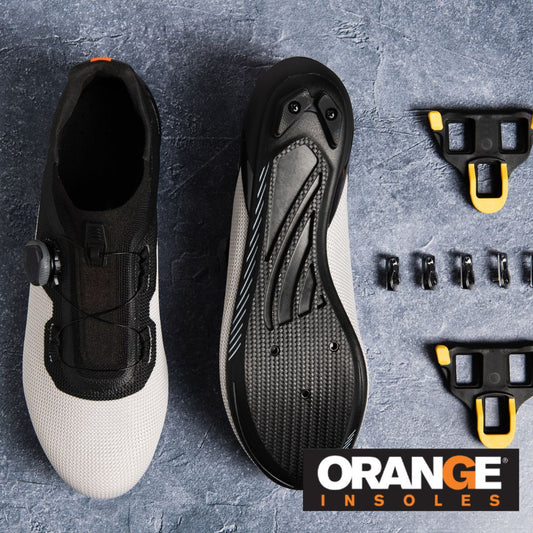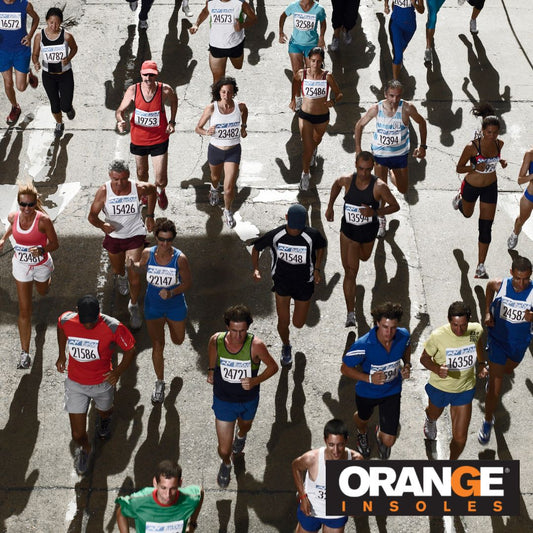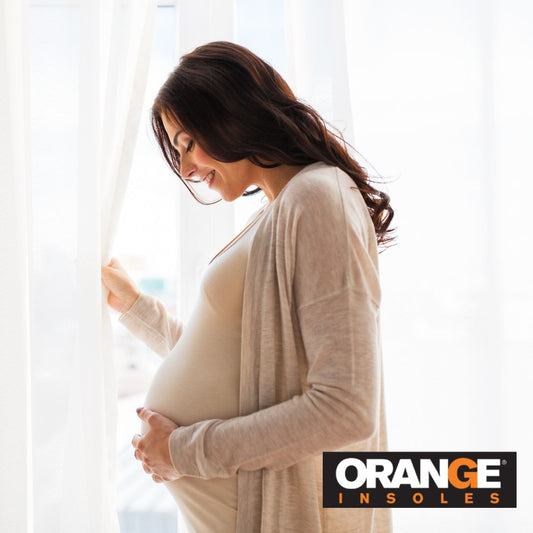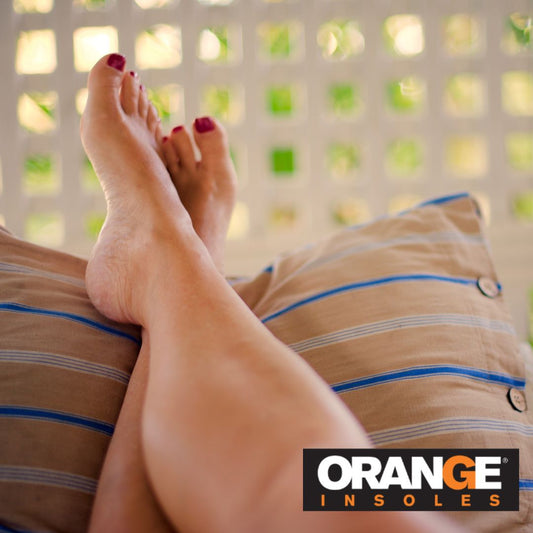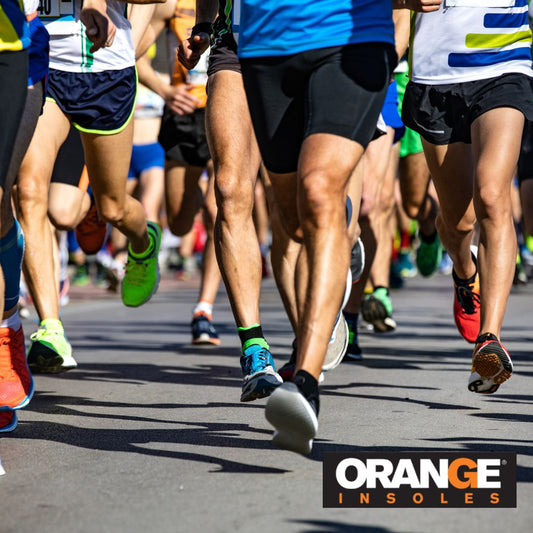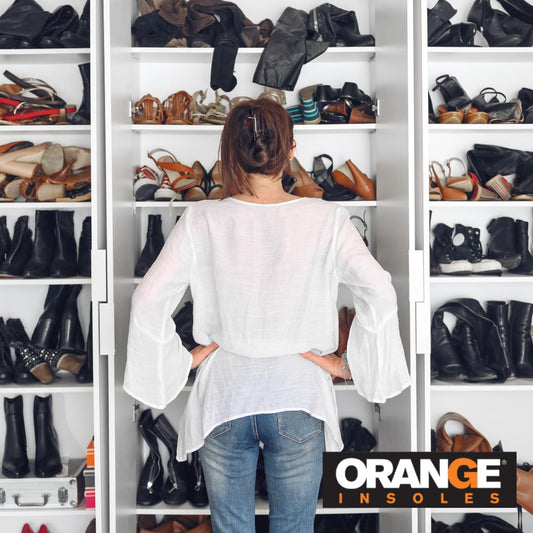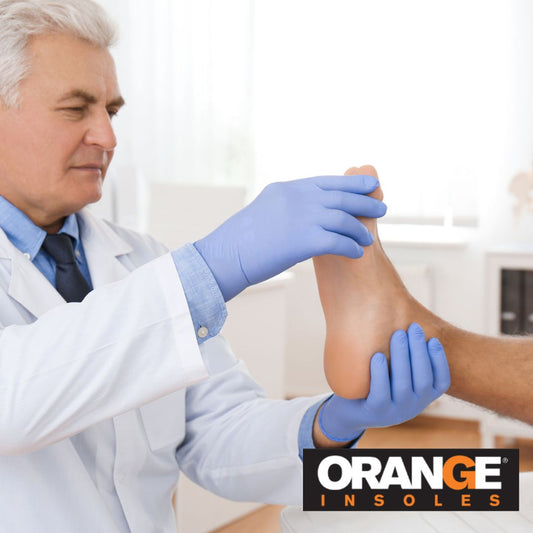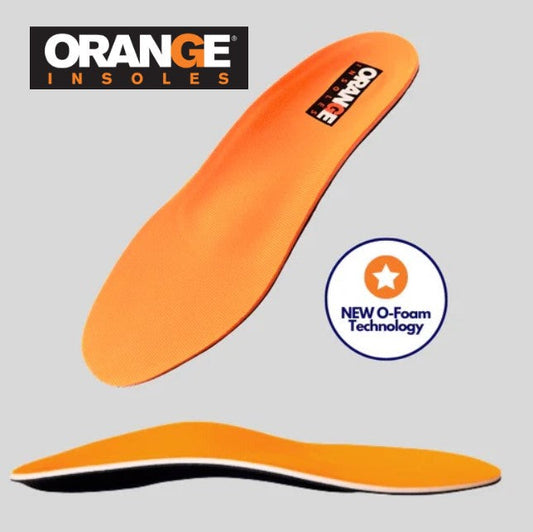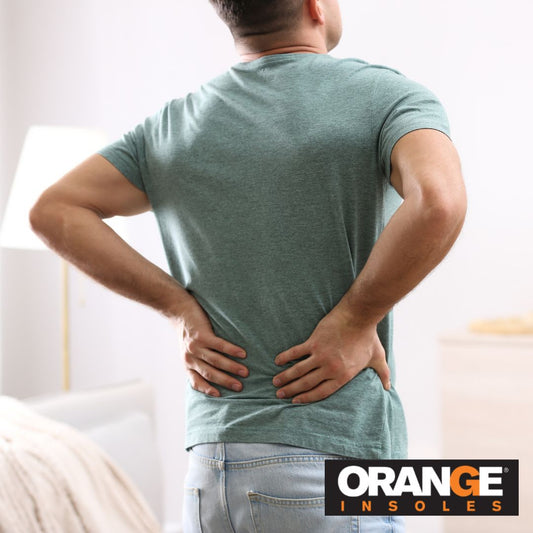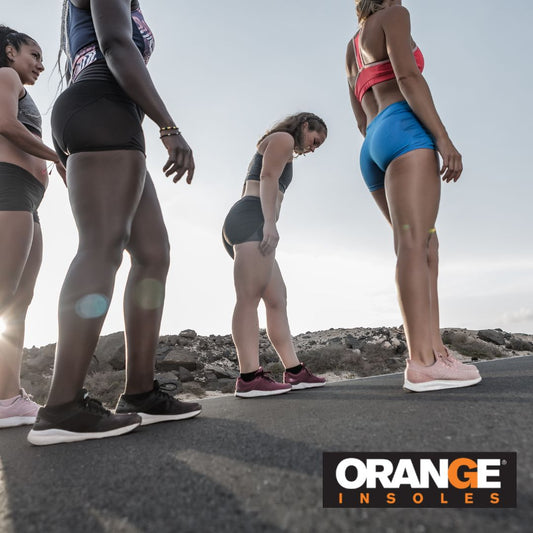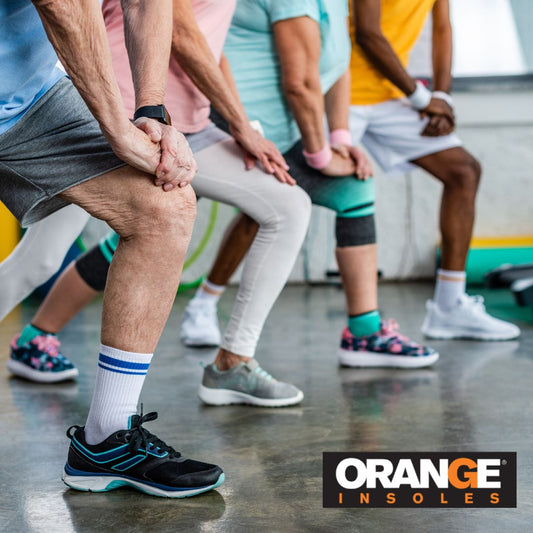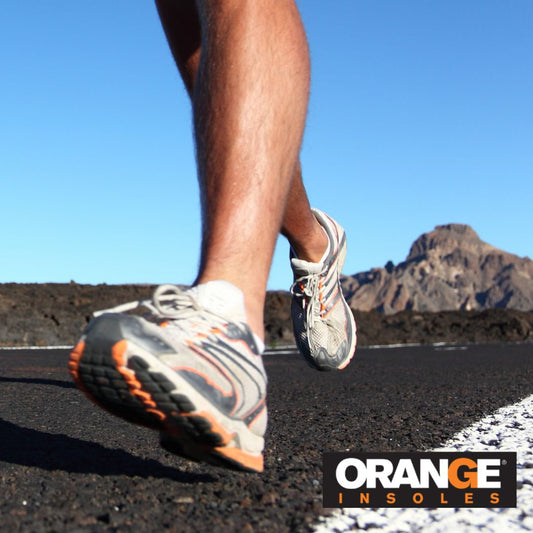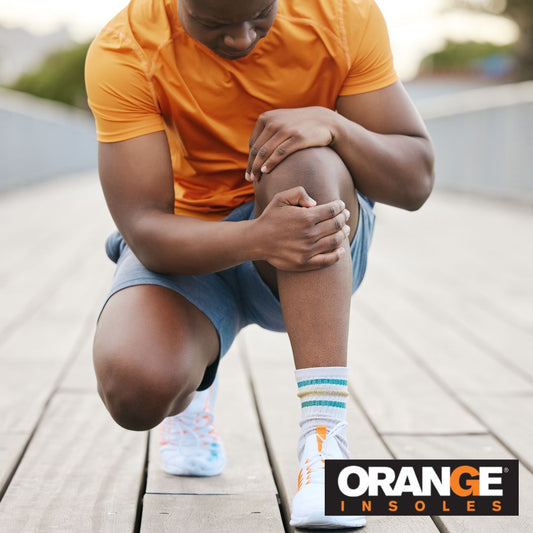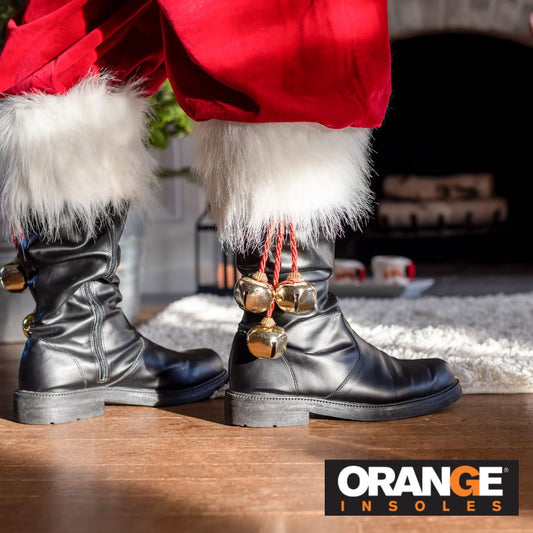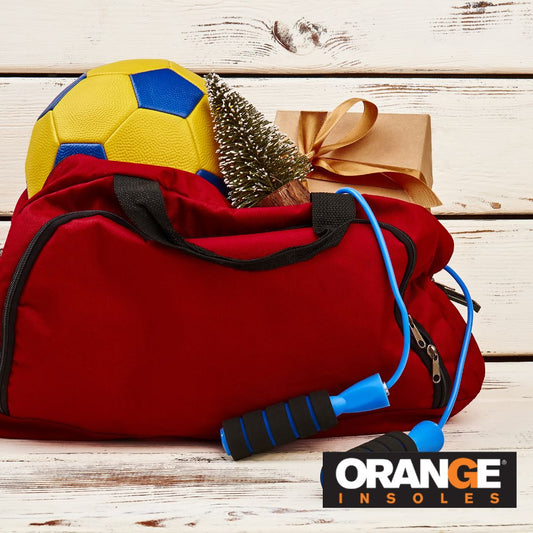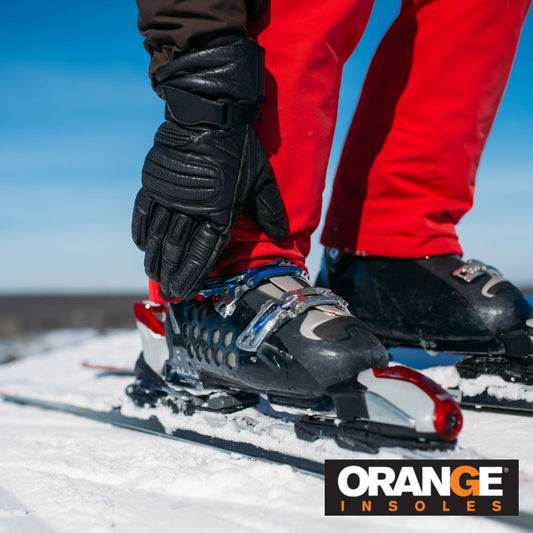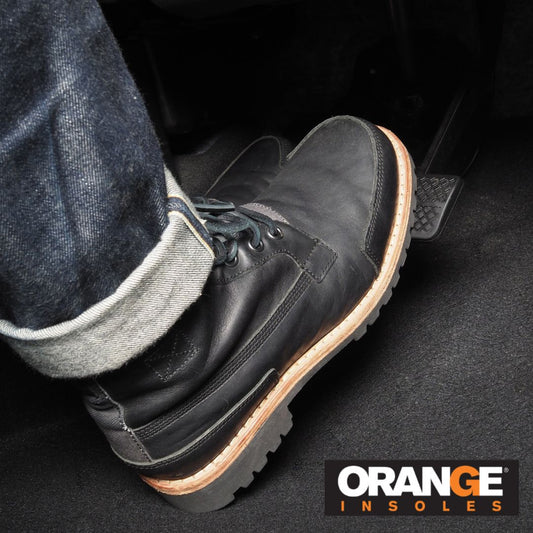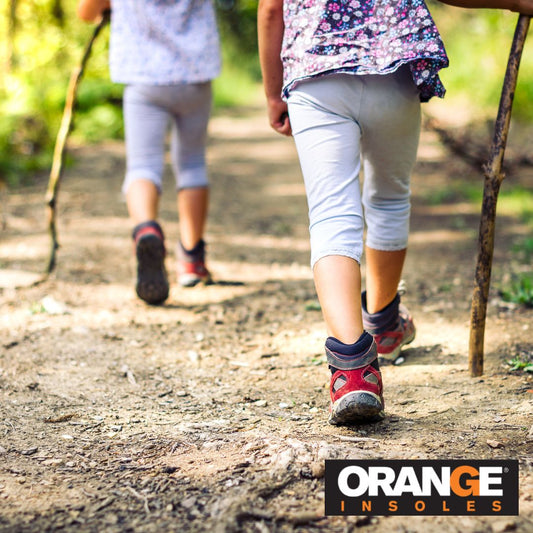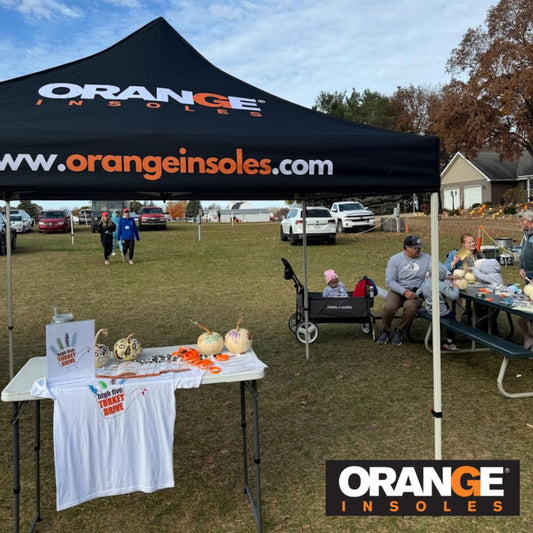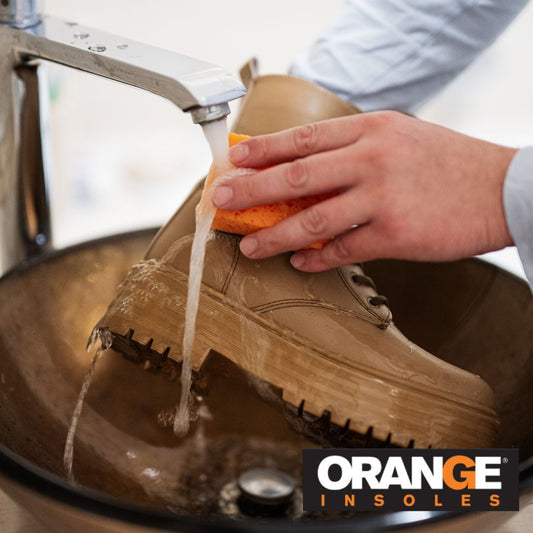Patellofemoral pain syndrome is not only a mouthful, it's a term for pain in the front of the knee and around the patella, or kneecap. Don't worry, it's also known as "runner's knee" because it's typical in those that play sports. It can also go by "jumper's knee" because this kind of knee pain is caused by frequent bending of the knees that can happen while walking, jumping, and biking. But it doesn't just affect those who play sports (we're talking to you, gardeners!).
Although it is characterized as an ache around the kneecap, runner’s knee isn’t really a condition in itself, but rather a loose term for a series of disorders with different causes.
Let's look at some of the causes of runner's knee and what you can do about the pain.
Symptoms of Runner's Knee
Runner's knee isn't just knee pain. Here are a few ways to know if you have this condition:
- Pain behind or around the kneecap
- Pain that worsens when you walk downstairs or uphill
- A popping or grinding sensation in the knee
- Pain after sitting for a long time with the knees bent
Causes of Runner's Knee
Flat Feet
Flat feet can cause knee pain. The condition is also known as fallen arches or overpronation. Pronation is simply a foot’s normal movement. In a normal foot, the arch is flattened to some degree so that the body can better absorb and adapt to different ground surfaces.
However, you may have inadequately supportive footwear or weak or tired feet, leading to the arch flattening more than normal. This is known as excessive pronation and it can lead to pain in the knees but also the lower back and hips.
Tendon Injuries
Tendons – the tissues connecting muscles to bones – can become overstretched and cause a similar ache, or you may have suffered a fall or other accident resulting in direct trauma to the knee and its tendons.
Misalignment
Did you know your kneecap could be slightly out of position? Often, the patella can get pushed to one side when the knee is bent. This could cause increased pressure and irritation of the soft tissues in the knee.
Any number of bones can be slightly misaligned, leading to the uneven distribution of any physical stress on your body, meaning that too much weight is put on certain parts instead of being evenly spread out.
Other Causes of Runner's Knee
- Tight muscles
- Wide hips
- High patella
- Knock knees
- Weak thigh muscles
Runner's Knee Relief
To find relief from patellofemoral pain try RICE:
- Rest. Avoid putting weight on the painful knee.
- Ice. Use cold packs for 20 minutes at a time, several times a day. Do not apply ice directly on skin.
- Compression. To prevent additional swelling, lightly wrap the knee in an elastic bandage, leaving a hole in the area of the kneecap. Make sure that the bandage fits snugly and does not cause additional pain.
- Elevation. As often as possible, rest with your knee raised up higher than your heart.
Often, the pain of runner's knee will go away with time but you can also take an anti-inflammatory medication to find immediate relief.
You should also make sure your feet are properly supported when walking, running, working on your feet, or just going about your everyday activities.
The right insole can make a big difference and help relieve and prevent knee pain over time.







